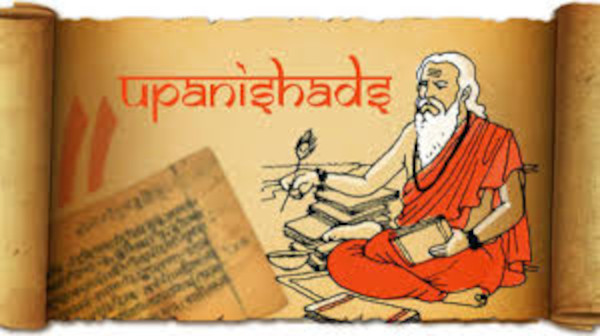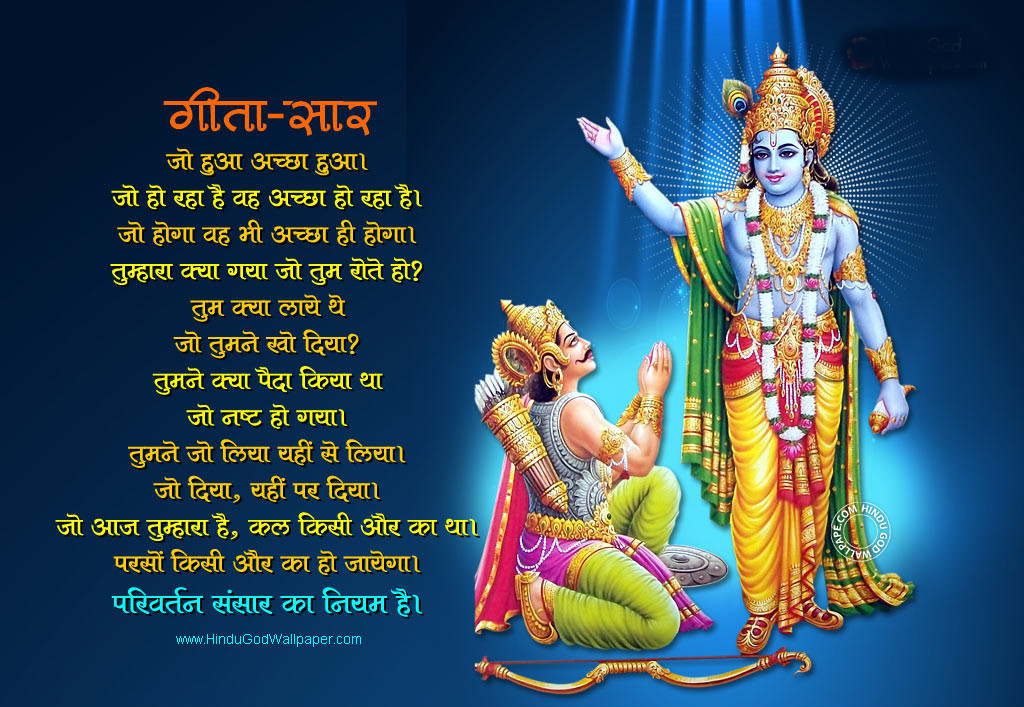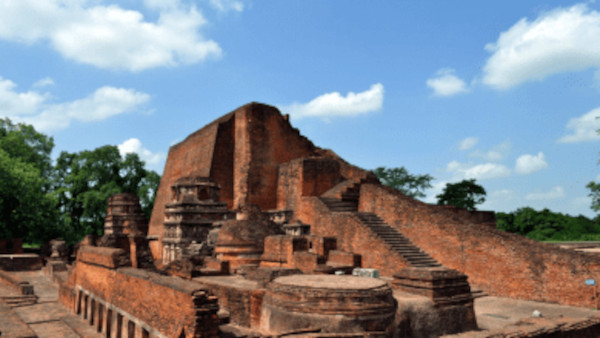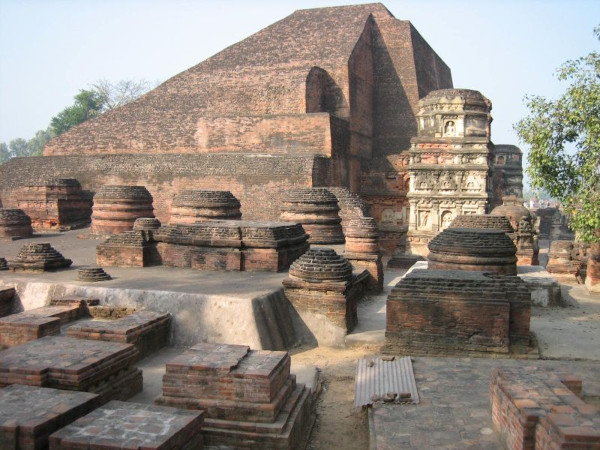Latest Contributions
Essence of Indian Culture: Traditions and Creativity

Shree Kamlesh Tiwari joined the Indian Revenue Service in 1971 and superannuated in 2007. At an early age Kamlesh to play the flute under the tutelage of Pandit Bholanath ji of Allahabad and his famous disciple Pandit Hari Prasad Chaurasia. Kamlesh was accepted as Pandit Hari Prasad Chaurasia's disciple after a stern test in 1972. During his service years Kamlesh got several opportunities to perform at official and informal functions. Kamlesh is currently a graded artist of vocal and flute with All India Radio (AIR) Allahabad. Music runs in the family. Kamlesh’s father was also an All India Radio artist at Allahabad. Post retirement Kamlesh lives with his spouse at Allahabad.
“Where the mind is without fear,
And the head is held high,…
Where the words come from the depth of Truth,…
In to that heaven of freedom my Father,
Let my country awake! "
These poetic words from Gurudev Rabindranath Tagore sum up the essence of Indian culture. That is how Swami Vivekananda and Maharishi Aurobindo Ghosh, the two great personalities define Indian culture; its deep Spiritual core!
With these famous lines now let’s devote our attention to Culture:
Culture of a country may have in its domain many facets of life of its people; their customs, traditions, languages, dress, festivals etc., but essentially it is defined by its arts, philosophy, sciences, music, painting, sculpture, architecture and its socio-political organisations and its world view.
Throughout, it’s more than five thousand year old history and civilisation, right from the Indus Valley to the present day, India has survived many vicissitudes of history, on the solid strength of its core value ; it religiosity, nay its spirituality.
This is what the famous poet Iqbal said in his epic poem, ;
Sare jehan se achha, Hindostan hamara...
Yunan- o- Misra Roman sab mit gaye jehan se;
Ab tak magar hai baki nam-o-nishan hamara ;
Kuchh baat hai ki hasti mitati nahi hamari,
Sadiyon raha hai dushman daur-e- jehan hamara.
I now discuss what is it that has made India survive through epochal changes of its history? It is certainly its religious or spiritual core.
Dharma or the religious view of life for Indians is reflected not merely in the myriad forms of worship, rituals and sacraments, but in its attitude of universal brotherhood and veneration of all forms of life- animate or inanimate. It proclaims that for the large minded; the whole world is a family...
" Udar charitanam tu Vasudhaiv kutumkam"
It is this element of divinity or spirituality that is contained not only in our philosophical systems, but also pervade through our politico-social and cultural life, our art, literature, music, painting, architecture and sculptures.
Though there are 6 orthodox systems of Indian Philosophy namely; Sankhya- Yoga, Nyaya-Vaisheshik & Purva Mimansa-Uttar Mimansa (Vedant), what has survived till date are the philosophies of Yoga and Vedant. The three non- orthodox philosophies are Buddhism, Jainism and Charvak philosophy.
The philosophy of Vedant is based on the spiritual dialogues of the Upanishads. There are 10 principal Upanishads on which the Great Adi Shankaracharya has written his elaborate commentaries or Bhashya. The Upanishads deal primarily with the questions regarding the Absolute Reality (Brahman), the individual soul (Atman) and God (Ishwara).

Upanishads
Adi Shankaracharya propounded his philosophy of Advait Vedant or non-dualism and is considered by many as one of the greatest philosophers of all times. He is regarded by many as a greater philosopher even higher than even Kant and Hegel.
The great German philosopher, Schopenhauer is quoted to having said that he can sacrifice the entire knowledge of the western philosophies, on just one Upanishad.
The non Orthodox Buddhist philosophy had a great impact on India and became a world religion, because of its emphasis on compassion and leading the life of 'moderation' as a 'golden mean'.
Though Buddhism, as a philosophy, is no more so dominant in India, it has attained a 'world religion' status due to its large following in many countries of Asia namely Japan, China, Sri Lanka, Cambodia, Thailand etc. It was religion of the Empire of "Ashoka, the Great ". It had a great impact on the Indian psyche of Indians and their thinking. Buddhism still has wide following in India.
The maker of Indian Constitution, Dr B R Ambedkar, adopted Buddhism, towards the fag end of his life.
The enlightened one or Buddha is considered by many as the Greatest historical personality of the world!
The Charvak philosophy was an exception to the theist philosophies, as it didn't believe in God or life after death or rebirth. It is a queer antidote to spirituality and believes in 'eating, drinking and making merry! It is not held in high esteem by Indians, as a way of life!
"यावज्जीवेत् सुखम् जीवेत्
ऋणम् कृत्वा घ्रितम् पिबेत् ।
. भस्मीभूतस्य देहस्य,
. पुनरागमनम् कुतः ।।"
Meaning live happily even on borrowed money; where is the coming back of the destructible body?
The streak of spiritual values runs through the entire Sanskrit literature. Sanskrit was the State language in ancient India, particularly, in the golden age of Guptas and King Harsh Vardhan.
Ramayana and Mahabharata are the two great epics of India. They are deeply ingrained in the Indian psyche, as the epitome of moral values and the victory of Dharma and Truth over evil and immoral.
The Bhagavad Gita is a part of Mahabharata as the highest philosophy of action and renunciation or selfless work.

Srimad Bhagwad Gita
The great Sanskrit poets, Kalidas and Bhavabhuti are popular even today. Kalidas's similes are legendary till today.
Let us now examine the challenges of the medieval times.
In the medieval times great saint poets; Kabir, Surdas, Tulsidas, Mirabai, Guru Nanak, Namdev, Gyaneshvar wrote great devotional poems.
Tusidas's Ramcharitmanas is one of the most popular epic poems of Hindi in Northern India.
Modern Hindi poets like Maithili Sharan Gupta, Ramdhari Singh Dinkar are famous for their patriotic poems. The four giants of Chhayavad poetry are Jai Shankar 'Prasad', Sumitra Nandan Pant, Mahadevi Verma and Suryakant Tripathi 'Nirala'.
The king of Romance was Harivansh Rai Bachchan. His poem 'Madhushala' has been on the lips of men and women of all ages, young and old! On the side of fiction, the most prominent was Munshi Premchand who wrote a large number of short stories and the epic novel- Godan, which had been translated into 36 languages of the world.
In my opinion Indian classical music echoes basically India's spiritual values. The origin of Raga and Swara and Taal are divine. Among the oldest instruments, the origin of flute is thought to be from Lord Krishna, Veena from the Goddess Saraswati and the percussions from Lord Shiva's Damru.
Samveda deals with the origin of music and later on Bharat Muni's Natya Shastra, elaborates the principles of Swara and Rhythm.
The oldest singers are the mythological Narada Muni and Tumburu. In the middle ages, we all have heard about the legendary Tansen and Swami Haridas, whose celestial music could move men and beasts.
Tansen is known to have lightened the lamp with his rendition of Raga Deepak. His daughter Saraswati sang Raga Megh to cause rains. In the modern era too, we have great singers like Onkarnath Thakur, Pt Kumar Gandharv, Pt Bhimsen Joshi, Pt Jasraj and Gana Saraswati, Kishori Amonkar, who have enthralled millions.
Among the topmost instrumentalists, we have Ustad Bismillah Khan on the Shehnai, Pt Ravi Shankar & Ustad Vilayat Khan on the Sitar and Ustad Ali Akbar Khan and Amjad Ali Khan on the Sarod keeping the audiences spellbound.
Among the percussionists, Ustad Alla Rakha, Ustad Zakir Hussain, Pt Kishan Maharaj are the star performers on the Tabla.
In the Carnatic music system, great singers like Bal Murali Krishna, Veena player Chitti Babu and the violinists like MS Gopal krishnan and TN Krishnan are sensations.
The ultimate aim of the Indian classical music is the realization of Sat-chit-Anand or the absolute bliss. It is said that Nada is the Brahman or Nada Brahman, that is Swara is God himself!
Now let me examine the dance form. The ancient Indian tradition of dance had its origin in the temples. The main dance forms Bharat Natyam, Oddissi and Kuchipudi depict the romantic love stories of Radha and Krishna.
The medieval Kathak dance also has the erotic stories of Radha and Krishna. We have great dancers in Yamini Krishnamurthy in Bharatnatyam, Kelucharan Mahapatra in Oddissi and Pt Birju Maharaj in Kathak, offering you with celestial joy !
Ancient Indian painting has gods and goddesses and Apsaras as their theme. However, the modern painters deal with secular themes. Mughal and Rajput paintings themes are miniature portraits and other secular subjects. The modern day painters like Nandlal Bose, Raja Ravi Verma and MF Hussain have religious as well as secular themes for the expression of their creativity.
Temples of ancient India are the Marvels of architecture and sculpture. The remains of these temples including those in the south, such as Mahabalipuram, are a treat for the eyes. The lion capital of the Maurya period, the idols of various gods and goddesses, including Lord Vishnu are a national treasure. The Buddha images in various postures are the living examples of physical and spiritual beauty.
In the medieval period, the Great Mughal created architectural wonders like the Red Fort, Jama Masjid, Buland Darwaja and the Taj Mahal. Taj is well known as one of the 7 wonders of the world.
Apart from the fine Arts, ancient Indians achieved excellence in other fields of knowledge, namely, astronomy, mathematics and medical sciences. The concept of zero and numerals is of Indian origin. Aryabhatt was a great astronomer, whereas Charak was a pioneer in medical sciences.
Ancient India also contributed greatly to the ideals of sound statecraft and good administration. In the Shanti Parva of Mahabharata, Bhishma Pitamah tells Yudhishthir how to rule wisely and the duties of a King to his subjects.
It's a concept of a welfare state. Chanakya or Vishnu Gupta, of the Mauryan Empire wrote the most enlightening treatise on the art and science of statecraft - the legendary book, Arthashastra. Chanakya is known as the modern day Machiavelli!
One of the most abiding institutions of ancient India was the system of Education. It was reputed to give to the pupils an all round personality, by imparting to them the learning of the religious as well as secular literature and all sciences. It also used to train the students in all martial arts.
The remains of Nalanda, Takshshila, Vikramshila and Valabhi Universities are examples of such learning centers. These institutions had millions of books on all subjects, as described by so many foreign travelers.

Taxila University

Nalanda University
The most abiding and stable institutions, which gave India a unique place in the world are its social system and the institution of the Family. The Varnashram system is its bedrock.
The society was divided into four classes. Brahman was the intellectual class, Kshatriyas was the martial race, Vaishya the trading class and the Shudra was the service class. In the Purush Sukta of the Rig-Veda a divine origin of these classes is described.
"ब्राह्मणो अस्य मुखमासीत्,
बाहू राजन्यः कृतः ।
उरू तदस्य यद् वैश्यः,
पद्भ्याम् शूद्रो अजायत् ।।"
Brahman was his face, the arms were Kshatriyas, the Vaishyas were his thighs and from the feet the Shudra was born.
Initially the social division was not hierarchical, but functional,; later on it degenerated into caste systems, with its ugly manifestations, including the practice of untouchability.
The institution of family has been one of the most fundamental, unifying forces of Indian society. The basic unit of family is wife and husband.
In Indian tradition, marriage is a sacrament, a pious and unbreakable bond, where the bride and groom take a vow to live a life like "two bodies and one soul".
Unlike in the West, where it is more of a contract, in India it is a Sanskar or sacrament, never to be broken till the last breath of the couple. In rural India and the small towns, Indians still live joint families, but in Metros, nuclear families are becoming the norm.
The stability of family life has given the Indian society a distinct character of solidarity and social cohesion. Though frictions and divorces in nuclear families do take place, but these are still considered as exceptions. By and large the family bond remains intact and works as a great social cementing force.
The Ashram, Purusharth and the Sankaras are again a unique feature of Indian society. The four Ashrams, divided into 25 years each, are four stages of life, the first 25 years is the Brahmcharya Ashram, that is, student life,; the second 25-50 years is Gihastha or household life,; the third 5o-75 years as Vanprasth, i.e. departing for the forest life and the last 75-100 years, the Sanyas life, the life of renunciation.
The objective of the Brahmchari was to gain knowledge of religious, spiritual, sciences, humanities, including archery, wrestling and horse riding etc. The goal was to prepare the student physically, mentally and emotionally, for the great battle of life ahead. The relationship between the Guru and the Shishya was of great reverence and trust. The student revered his Guru as God. The dictum was - Gurudev bhava or treats your Guru as God.
The purpose of the Grihasthashram was to earn money, marry, raise a family and provide for and serve other members of the society. Fulfillment of all desires, including the sexual desire, i.e. Kaam Purusharth, was the goal of the Grihasthashram Ashram.
The purpose of Vanprasth and Sanyas, which were the later part of adult life, was service of the society at large, practicing detachment and ultimately seeking one's own liberation from all attachments.
Moksh was the ultimate goal of life of a Sanyasi. The literal meaning of Sanyas is: let go of all the burdens of life and seek Moksh, which is in the nature of Sat, Chit and Anand that is realization of Truth, Consciousness and Bliss!
Indian life was also transformed or refined by sixteen Sanskaras, which were performed on the individual from the very conception till death. It was deemed that only Sanskaras refined human beings, otherwise he would remain like a beast.
The Varnashram system, Sanskaras and Purusharth were the well- designed schemes of life devised by the ancient Indians, which are regarded even today by the enlightened citizens for their intrinsic value.
With this highly evolved social system and a universal world view, Indians have set a great ideal of individual and social life, full of harmony with nature and all living organism: animals, birds, plants et al. Indians have the greatest regard for all forms of life and they revere the earth, the water, the mountains, the forests and rivers.
We pray for peace from everything. All our prayers end with Shanti, Shanti, Shanti; in all creation, water, vegetation,, trees , sky, the entire Cosmos.
" पृथ्वी शान्तिः, आपः शान्तिः, औषधयः शान्तिः, अन्तरिक्ष शान्तिः "
The ultimate goal of our culture is to create a loving bond with the entire humanity. Our Rishis have this prayer for universal good and happiness.
"सर्वे भवन्तु सुखिनः,
सर्वे सन्तु निरामयाः ।
सर्वे भद्राणि पश्यन्तु,
मा कश्चित् दुःखभाग्भवेत् ।।"
Let all be happy, let all be free from diseases, let all see their good and let no one suffer!
Comments
Such a wide canvas
You have enlightened us on so many topics! Thanks.
Essence of Indian Culture
Thnx, dear Sir !
Vast range and scope
The sweep of this piece is wide and its vision panoramic!
Essence of Indian Culture
Thnx dear Madame !
Add new comment